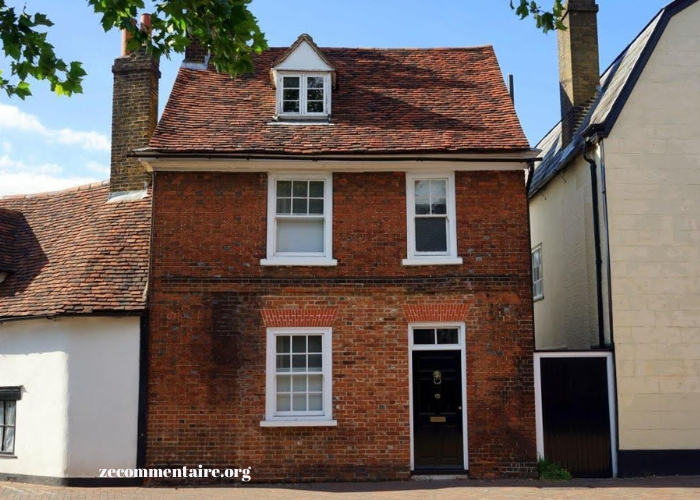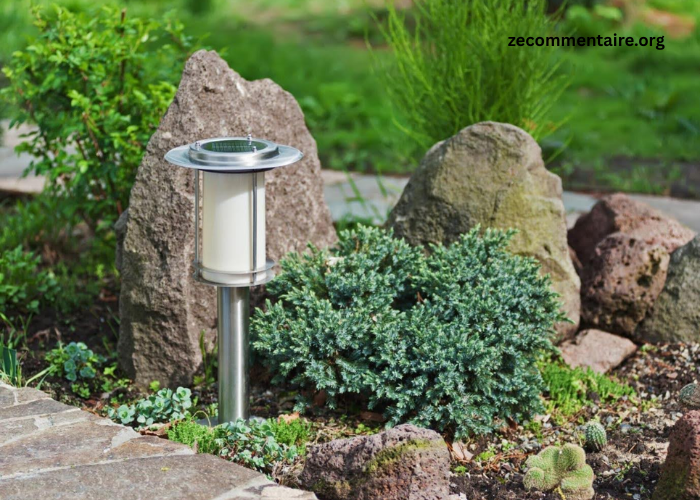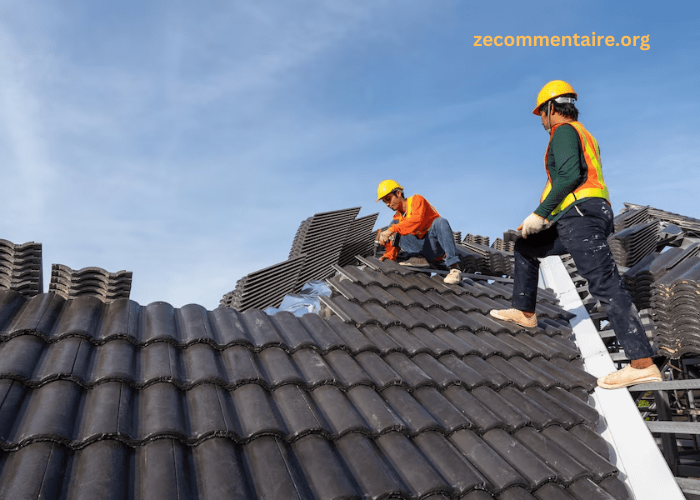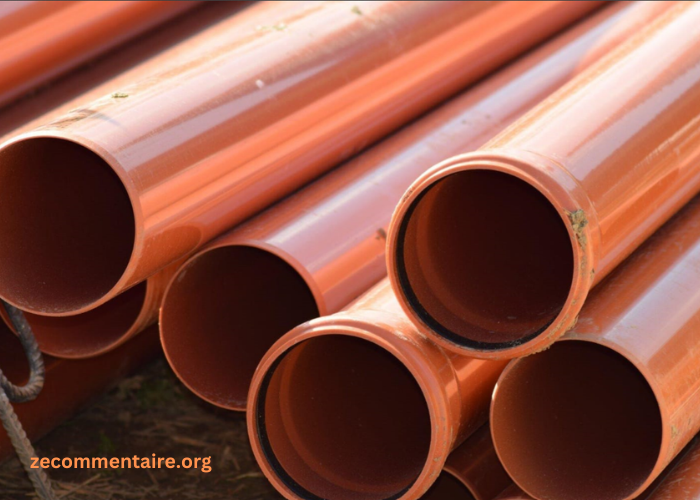Have you ever wondered why some corners of your small old house feel musty, no matter how much you clean?
Mold growth in older homes is a common yet overlooked issue that can affect not only the structure of your home but also your health. This article will shine a light on the top 4 areas prone to mold growth in a small old house, helping you spot them early and address them effectively.
Stay informed and protect your cozy space and well-being.
Bathrooms
Bathrooms are a top spot for mold because they are often wet. Moisture from showers, baths, and sinks creates an environment where mold can grow easily. It’s important to keep bathrooms well-ventilated and dry to prevent mold.
Fixing leaky faucets and ensuring that shower curtains and doors are kept open to dry can help reduce moisture. Also, cleaning the bathroom regularly with mold-resistant products can keep mold at bay. Make sure to pay special attention to corners and crevices where mold likes to hide.
Basements and Crawl Spaces
Basements and crawl spaces are often less visited and can be very damp. This makes them ideal places for mold to grow. Without proper ventilation and moisture control, these areas can become mold hotspots.
It is a common question whether does mold die without moisture. The answer is that mold goes dormant without moisture but can reactivate once the moisture returns. To prevent mold growth, it’s crucial to keep your basement and crawl space dry with the use of dehumidifiers and ensure proper drainage outside the house.
Attics
Attics are another area in small old houses where mold can easily grow. This is because attics often have poor ventilation, which allows moisture to accumulate from things like leaking roofs or insulation that does not properly block moisture. To keep mold away, it is crucial to ensure your attic is well-ventilated and to repair any roof leaks as soon as they are discovered.
Regularly checking your attic for signs of moisture and mold can also help prevent the problem from getting worse. Make sure insulation is properly installed and doesn’t allow moisture from the house to enter the attic.
Kitchen
Kitchens are another common area for mold growth in small old houses. This is because cooking, boiling water, and using the dishwasher can create a lot of moisture. To prevent mold, it is important to use an exhaust fan or open a window when cooking to remove excess moisture from the air.
It is also helpful to regularly check under the kitchen sink and around appliances for leaks that can lead to mold. Cleaning up spills and leaks right away and keeping the kitchen clean and dry will minimize the risk of mold growth. Ensuring that your kitchen has good air circulation is key to keeping mold from becoming a problem.
Tackle Troubles in Your Small Old House
Living in a small old house has its charms, but it also brings challenges like mold growth. By focusing on the key areas mentioned, you can greatly reduce the chances of mold making itself at home.
Remember, keeping your home dry, well-ventilated, and clean are simple steps that make a big difference. With these efforts, your small old house will remain a cozy and healthy space for you and your loved ones.
Did you learn something new from this article? If so, be sure to check out our blog for more educational content.





